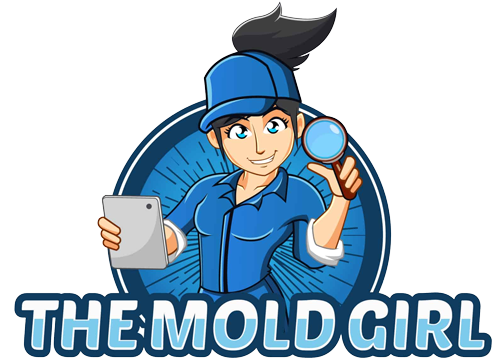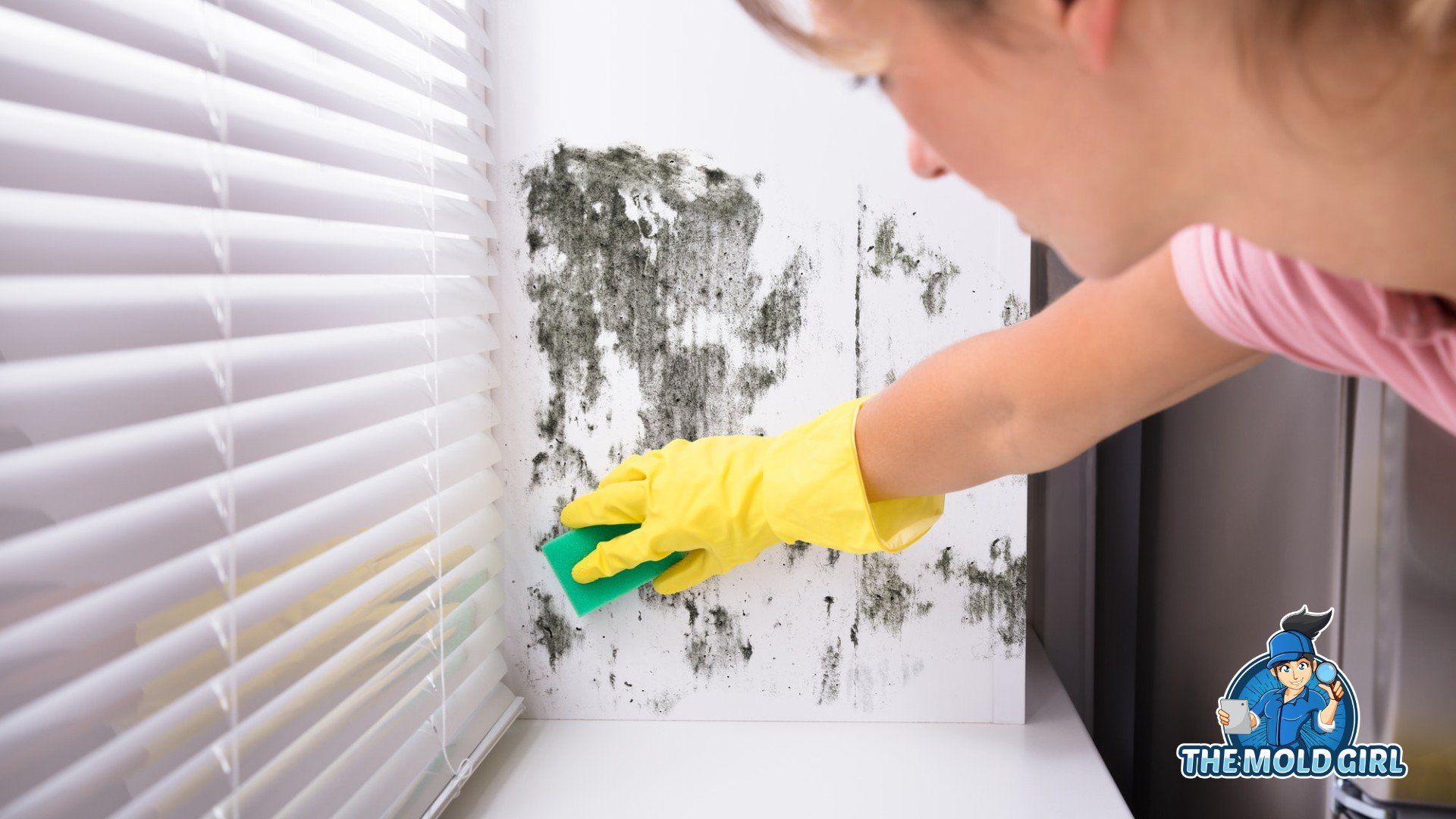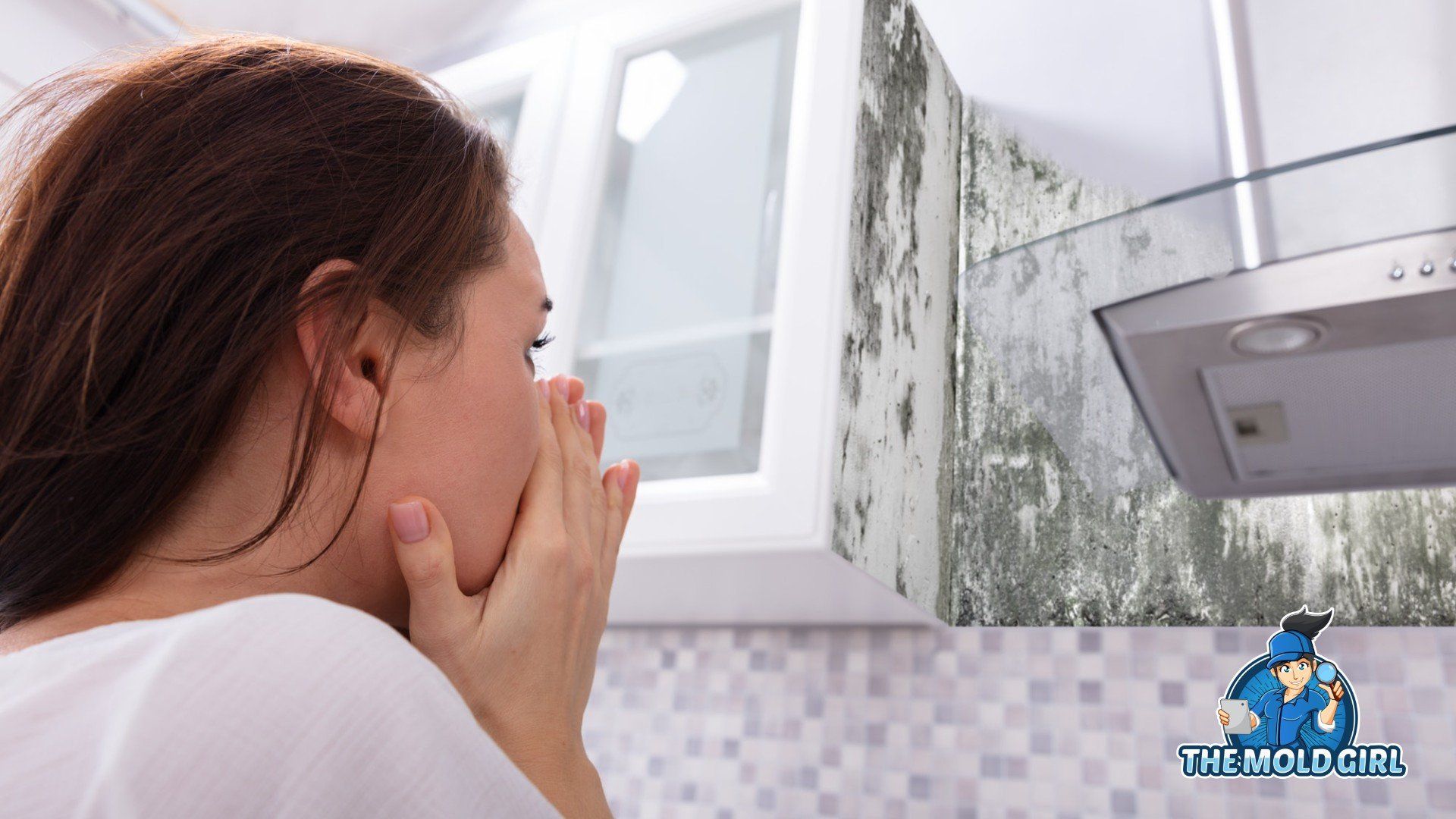So you are a homeowner, and recently noticed you have a mold problem. Perhaps you just bought the home and the settlement fee’s sunk you, or possibly you just have been saving for a wrap-around porch outback, but regardless of the reason, you want to save your cash and try to clean this stuff up yourself. It is only mildew and the news SO blows it out of proportion right? Nope, No, Not At All, stop all ideas of doing this, and may I repeat again…..NO! While yes the media may blow topics concerning mold a tad out of proportion, a DIY mold remediation is not something you want to take on.
While various government and private websites do have information for homeowners on how to clean mold, they also recommended when NOT to do it. If the area in question is over 10 square feet, per EPA guidelines a homeowner should turn over the project to a professional and certified mold remediation company. In addition, if sewage or contaminated water was involved, forget the 10 square feet guideline and call the professionals in immediately.
One of the major pitfalls and dangers in cleaning mold yourself is that most homeowners only focus on what they can see. A LARGE part of any remediation is what you cannot see. Mold spores are very small and cannot be seen by the human eye. While there are thousands of species of mold, most species spores range in size from approximately 2 to 100 microns. To put that in perspective for you the average width of a single strand of human hair is approximately 50 microns but can be a small as 18 microns. Let’s think about this for a second. Gross as it may be, we only notice hair on our bathroom floor when there is a good deal of it and it has blown into corners or clogged our tub. How many of us would notice one single strand? How many of us would notice one single strand if it was 1/10 its size? My guess is not many of us! Lets now relate this back over to cleaning mold. Homeowners clean what they see, and forget about all of those tiny spores that are not seen.
One of the second most important factors of any professional remediation is containment and equipment. Before any job is started these two things are placed in specific locations on a job site. While containment using 6 mil plastic may seem easy, it has to be airtight to prevent cross-contamination of unaffected areas. Professionals often erect zip poles and other braces to make the plastic fit the walls perfectly as remember, they are trying to prevent against something that is invisible from traveling to another room. Let’s just say that the containment you see most painters or general contracts use when painting a room or laying down new wooden flooring simply is NOT going to cut it. Professional remediation containment is very particular and an art form in itself. I am not kidding when I say it takes many technicians years to perfect. This same attention to detail is used when running equipment. Roll an air scrubber or dehumidifier in and set it, not exactly. Before equipment even goes on-site to filter the air and capture those invisible spores it must be decontaminated. You don’t want to spread mold from one job to the next right? Next comes placement, and with this world of calculations begins. What is the run time, how many do I use, and do I have the correct number of air exchanges per hour, are just some of the questions the professional remediation technician will ask themselves on each and every job. As you can see, just as in using containment, the use of proper equipment and setting it is no easy task.
Lastly, one of the biggest mistakes I see homeowners make is not identifying the source. Time and time again I am called into a home where a homeowner see’s mold, tries to clean it and has no clue where it is coming from. This is the equivalent of having a leak under your sink, drying it with towels, and never calling a plumber. How long do you think you would keep this up before you would have the pipe fixed? My guess is not long. The problem with mold is that you are not going to see it the same way you do a stream of water.
Just to hit the point home as to why you should not do your own remediation I want to share one of my favorite stories. I have many like this, but for some reason, this one in particular always sticks out in my mind, so let’s just call it the Mr.Rodgers job. Mr.Rogers was an avid collector of “stuff”. From baseball cards to antiques he loved it all. I do not mention this to indicate that he was a hoarder, rather just to express that he loved his collectibles, and monitored them frequently. Mrs. Rogers had banished Mr. Rodgers collectibles to the basement which he went down to visit several times a week after dinner. One evening he went down and literally EVERYTHING was covered in mold. Needless to say, he was not happy, freaking out, and called me to come out immediately. After much investigation and hours of piecing together the history of the basement, the cause was determined. 6 years prior to this he had his general contractor clean an area of mold in the basement where there was an exterior leak. The area was about 25 square feet. The general contractor figured this was close enough to the EPA guidelines of 10 square feet and went to work. No containment was used, no air filtration devices were used, and most likely it was not cleaned properly. While the source of the leak was fixed, and everything appeared okay when the contractor left, realistically he had spread thousands and thousands of mold spores everywhere. These spores sat dormant for 6 years and no one thought of it as again, why would they, they couldn’t see them. One week prior to my emergency inspection, the HVAC system had been replaced and was oversized for the home creating extremely high relative humidity. High relative humidity mixed with extremely elevated fungal ecology levels created the perfect storm, and the mold was allowed to grow very, very quickly. When I say that it was heartbreaking working with this homeowner and informing him that most of his loved possessions had to be thrown away that does not give it justice. The homeowner had done nothing wrong, and would never have thought something 6 years earlier could have caused this much damage. I personally was upset for him and just reminded of how inexperience in the mold remediation profession can truly do more harm than good.
As with all of my articles I do not share stories like the above to scare anyone, rather use as real-life examples of what can happen. Again I am a huge DIY person myself as who does not like not only saving money but feeling the accomplishment of doing something outside your normal realm. Hopefully however while we can all agree on saving money, this article has proven why DIY mold remediation is not worth the risk you are taking. If you have noticed mold in your home and are not sure where it came from or what to do, call The Mold Girl at 843-905-2448.
CONTACT THE MOLD GIRL TODAY!
The Mold Girl will do everything we can to ensure your experience with us is excellent.
REQUEST A FREE ESTIMATE
CHECKOUT RECENT POST




